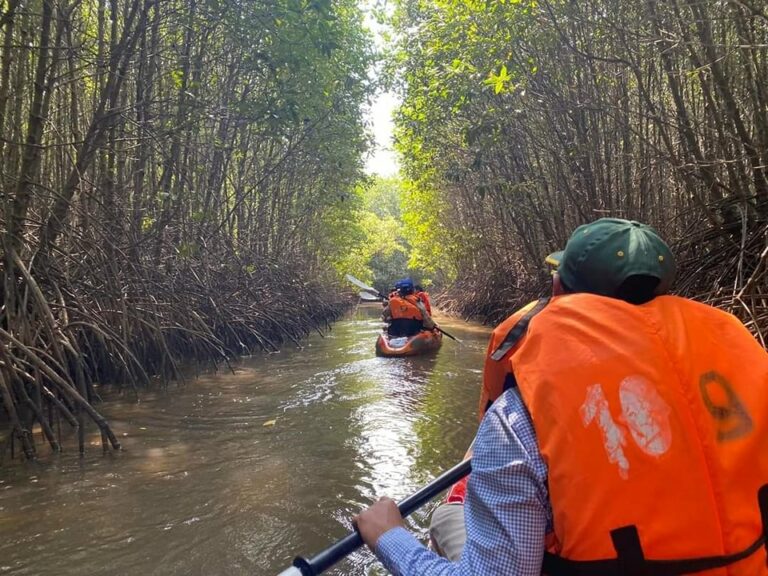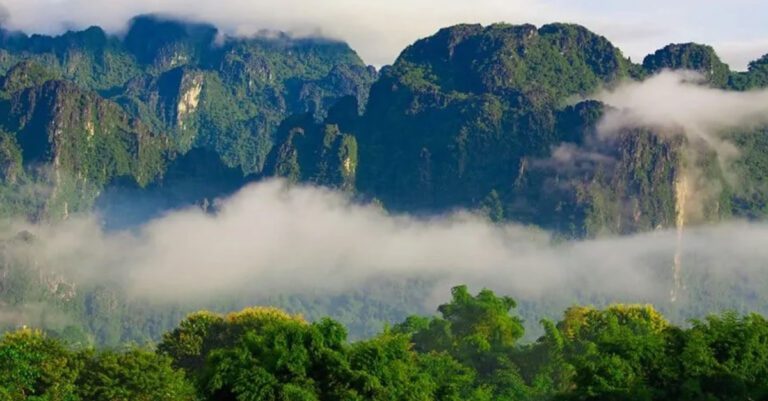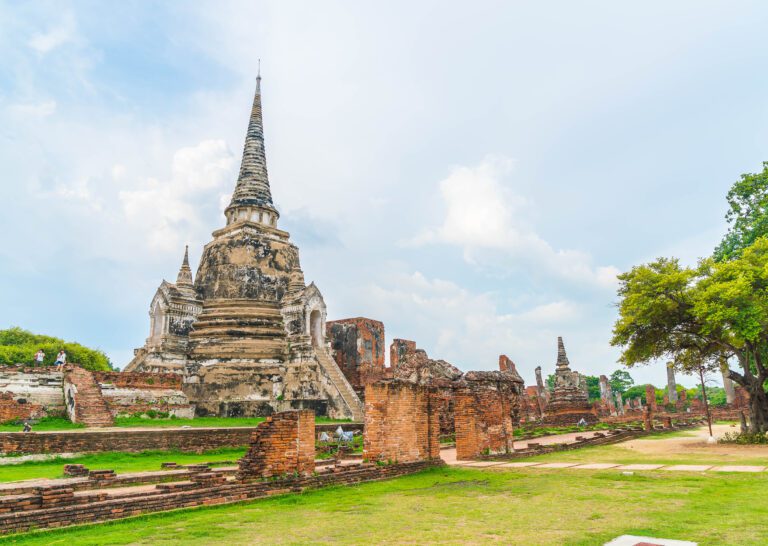The post-pandemic tourism boom has created plenty of work for tourism industry players, with much of it going on behind the scenes. For Chi Shiqing, Vice Director & Secretary-General of Guangxi’s Advisory Committee on Grade Rating of Tourism Service Quality, his work may be unseen by most tourists, but it is no less essential for the industry.

China PRC’s Guangxi Zhuang Autonomous Region – long known for its scenic Guilin karst formations but now expanding its portfolio of tourist attractions – is seeing tourism numbers rise. To minimize negative tourism outcomes, the Guangxi government is working with tourism stakeholders to develop ratings criteria to govern their hotels, restaurants and tourist attractions.
Given his three decades’ experience in the Region’s tourism industry, Mr. Chi was happy to share his expertise on ranking Guangxi’s tourism facilities, the challenges in formulating ratings criteria, and how he and his colleagues are making sustainability a key factor in opening Guangxi for tourists.

Can you explain the criteria and process used for rating hotels and tourism services in Guangxi?
The criteria and process used for rating hotels and tourism services in Guangxi include National Criteria (GB), National Tourism Industry Criteria (LB) and Local (Provincial) Criteria (DB).
We use National Criteria to rate star-rated hotels, homestay Inns, tourist attractions, tourist resorts, etc. We use National Tourism Industry Criteria to rate Green Hotels. For those which do not have National Criteria, nor National Industry Criteria, we set local standards, such as when we impose ratings for Rural Tourist Attractions and Agritainment attractions.

How does this system ensure fairness and objectivity in its assessments?
To ensure fairness and objectivity in its assessments, Guangxi set up a professional organization named the Guangxi Advisory Committee on Rating of Tourism Service Quality.
Headed by senior government employers, professors from colleges and universities, and experienced professionals from tourism industry, this advisory committee is primarily responsible for training of the experts, interpreting of the standards and reviewing of its assessments.
The Advisory Committee set up an expert base consisting of more than 200 experienced professionals from colleges, universities and tourism industry. All rating assessments will be performed by the experts in the base, so as to ensure fairness and objectivity in its assessments.
Guangxi is known for its diverse cultural heritage and stunning natural landscapes. How do these characteristics influence the standards you set for tourism destinations and accommodations within the region?
To intensify these characteristics for tourism destinations and accommodations in Guangxi, we set a standard for rating Landscape Hotels. Based on the standard of star-rated hotel, Landscape Hotels do not require a large scale, just more than 15 rooms. The standard also doesn’t emphasize luxury, but features the natural landscapes, including its surrounding with beautiful natural scenery, courtyard with picturesque backdrop, facilities and ornaments with elements of landscape.
How does Guangxi’s rating system compare to international standards for hotels and services? Are there efforts in place to synchronize your rating processes with global benchmarks?
In fact, there are no international standards for most of the ratings in tourism services. What we should do is to accommodate tourists’ expectations and needs, including the needs of international tourists.
Guangxi’s rating system is a comprehensive system. It is composed of National Criteria (GB), National Tourism Industry Criteria (LB) and Local (Provincial) Criteria (DB). Some National Criteria or certain requirements in the Criteria are higher than those in some developed countries.
Guangxi’s local standards, such as rating for Rural Tourist Attractions and Agritainment, which mainly attract Chinese tourists, is not necessary to be compared to the standards for international tourists.
Of course, with the development of the society and economy, tourists’ expectations and needs will change, so the standards of rating in tourism service should be revised and improved. For example, with its implementation of the law on barrier-free environment building in China on 1st November, 2023, more rigorous estimation on the barrier-free facilities in tourism service will be conducted.
From this perspective, we have been making efforts to make our rating standards and processes more internationalized and more globalized.
How does your rating system accommodate the diverse range of tourists’ expectations and needs, from budget travelers to luxury seekers?
It is the tourist product which can accommodate tourists’ expectations and needs. But rating can help them standardize and normalize their service, help them improve their service, better accommodate the diverse range of tourists’ expectations and needs.
Can you discuss any sustainable or eco-friendly initiatives that your department encourages among hotels and tourist services? How are these initiatives promoted, and are they considered in your rating system?
Sustainable or eco-friendly development is our goal. All rating standards have the requirements for environmental protection, which are Veto item. That means it could not be rated in case of any environmental incidents.
In the rating of Rural Tourist Attraction and Agritainment in Guangxi, the owner is asked to provide a certificate issued by the Department of Environment Protection, proving that the environment there is not ruined or polluted. If not, it will not be rated.
We also have ratings for Green Hotels, to encourage hotels to save energy, decrease consumption and reduce environmental pollution, realizing eco-friendly development.
Can you share a success story where a particular hotel, service, or destination in Guangxi significantly improved its standards and rating? What can others learn from this?
We have lots of success stories, just take Qingxiushan Scenic Spot for an example. Qingxiushan Scenic Spot was a National AAAA Tourist Attraction before 2014. It was planned to make it a national AAAAA tourist attraction in 2011.

From then on, the local government began to expropriate land and remove houses, expanding the used area to meet the requirement of the standard. They expanded the parking area and main roads, increased tourist attractions and service facilities, improved their service level.
Its standards and rating were significantly improved. It was successfully rated National AAAAA Tourist Attraction in December 2014 after continuous construction of 3 years.
I am sure that all of those which have upgraded from low-grade to high-grade have the same story.





